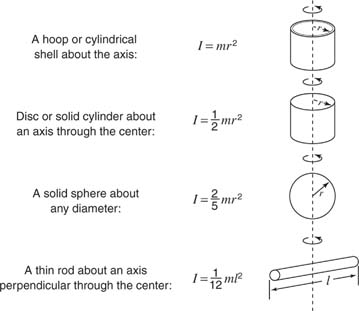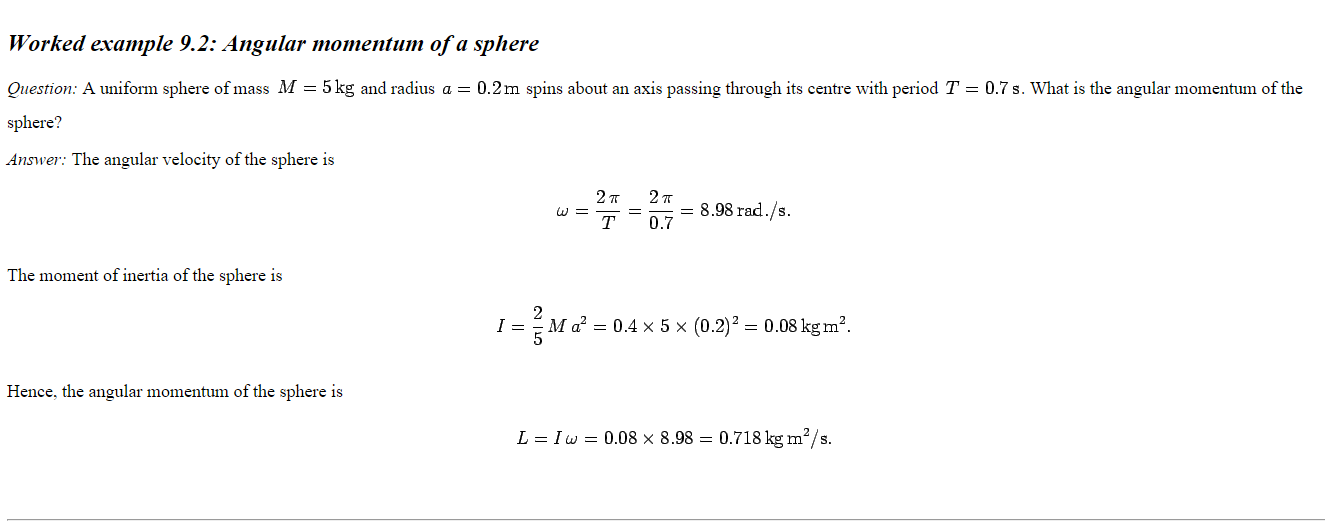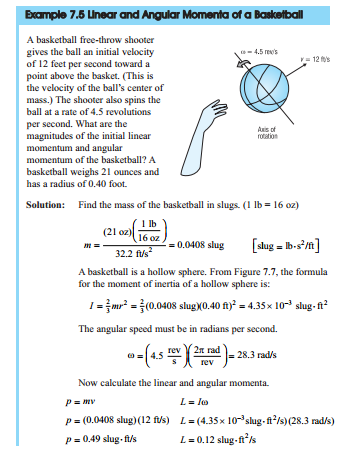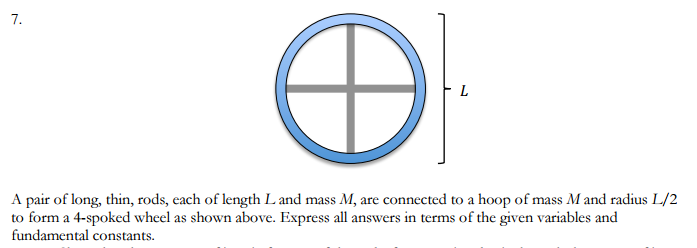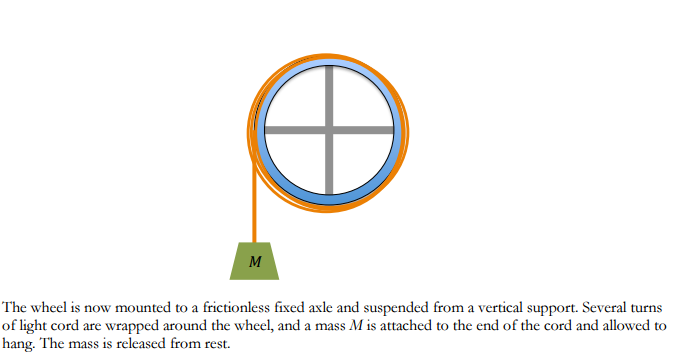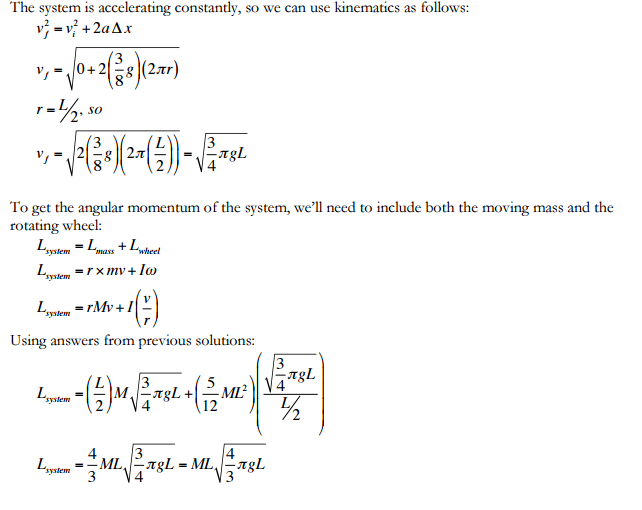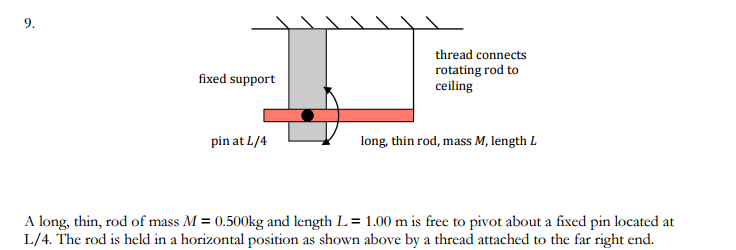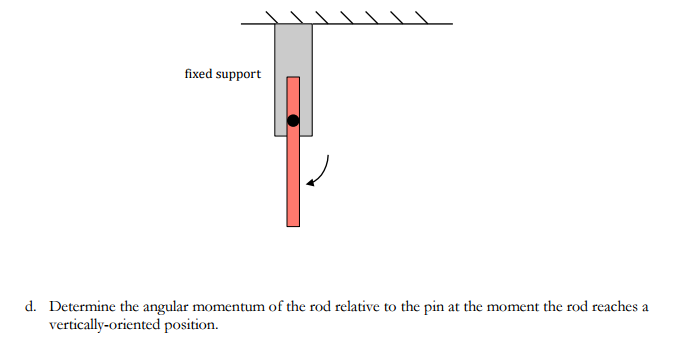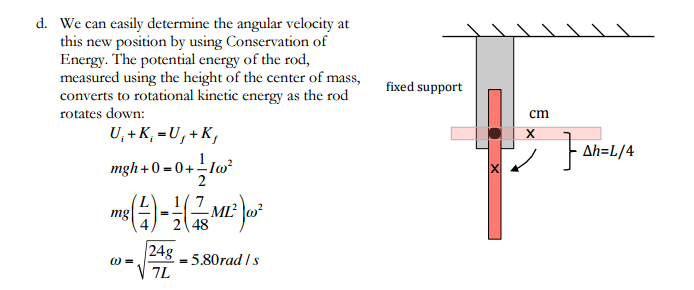Rotational Angular Momentum: Difference between revisions
No edit summary |
No edit summary |
||
| Line 70: | Line 70: | ||
== See also == | == See also == | ||
===Further reading=== | ===Further reading=== | ||
| Line 78: | Line 77: | ||
===External links=== | ===External links=== | ||
http://hyperphysics.phy-astr.gsu.edu/hbase/amom.html | |||
==References== | ==References== | ||
http://www.physicsclassroom.com/class/newtlaws/Lesson-3/Newton-s-Second-Law | |||
https://physics.ucf.edu/~roldan/classes/phy2048-ch10_new.pdf | |||
http://www.physicsclassroom.com/mmedia/circmot/ksl.cfm | |||
http://farside.ph.utexas.edu/teaching/301/lectures/node122.html | |||
https://www.crashwhite.com/apphysics/materials/practicetests/practice_test-6-rotation-angular_momentum.pdf | |||
http://www.cordonline.net/cci_pic_pdfs/Chap7-2PT.pdf | |||
[[Category:Angular Momentum]] | [[Category:Angular Momentum]] | ||
Revision as of 00:21, 6 December 2015
Main Idea
Angular momentum is a measure of rotational momentum, and total angular momentum can be defined as the sum of translational angular momentum and rotational angular momentum. This page covers rotational angular momentum or the angular momentum relative to a center of mass. More specifically, rotational angular momentum can be defined as components of a system that rotate all around its center of mass with the same angular velocity, and it can be used to demonstrate motion such as Earth's revolution.
Mathematical Model
There are two equations that can be used to describe rotational angular momentum. The first one is a generalized form that can be described as the sum of cross products of distance and momentum.
The next equation summarizes rotational angular momentum as the product of inertia and angular velocity. (The units of rotational angular momentum are kg*m^2/s.
To use the above equation, the following equations may be needed. The first equation is used to calculate inertia. Inertia can be defined as the tendency to resist changes in their state of motion. (The units of inertia are kg*m^2.)
The next equation angular velocity which is the rate of change of angular position of a rotating object. (The units of angular velocity are radians per second).
Examples
Listed below are examples of rotational angular momentum problems.
Simple
Below is a conceptual rotational angular momentum problem.
Middling
These rotational angular momentum problems use both the inertia and angular velocity equations.
Example 1
Example 2
Difficult
Example 1
Example 2
Connectedness
Angular momentum can be applied to every day life. Examples include the earth rotating on its axis, a figure skater, a football spinning as it's being thrown, or even a firing bullet.
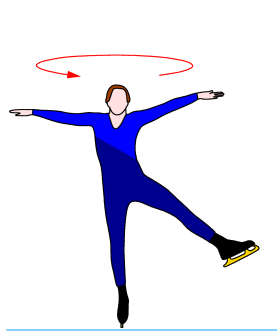
History
The idea of rotational angular momentum came from Johannes Kepler, a German scientist and astronomer who lived in the late 1500's through the mid 1600's. Kepler believed that planets orbited in an ellipse, but he also needed a rule to describe the change of velocity over time. He discovered a law of areas. This means that as planets orbit the sun, they sweep out in equal areas over equal amounts of time. However, Isaac Newton, a physicist and mathematician who came after Kepler, realized that the area law was part of a larger theory of motion.
Newton's second law particularly covers angular momentum. The second law states that the acceleration is dependent on the net force upon the object and the mass of the object. The vector sum of all torques acting on a particle is equal to the time rate of change of the angular momentum of that particle.
See also
Further reading
Matter and Interactions by Ruth W. Chabay and Bruce A. Sherwood Elementary Theory of Angular Momentum by M.E. Rose Angular Momentum in Quantum Mechanics by A.R. Redmonds
External links
http://hyperphysics.phy-astr.gsu.edu/hbase/amom.html
References
http://www.physicsclassroom.com/class/newtlaws/Lesson-3/Newton-s-Second-Law https://physics.ucf.edu/~roldan/classes/phy2048-ch10_new.pdf http://www.physicsclassroom.com/mmedia/circmot/ksl.cfm http://farside.ph.utexas.edu/teaching/301/lectures/node122.html https://www.crashwhite.com/apphysics/materials/practicetests/practice_test-6-rotation-angular_momentum.pdf http://www.cordonline.net/cci_pic_pdfs/Chap7-2PT.pdf


